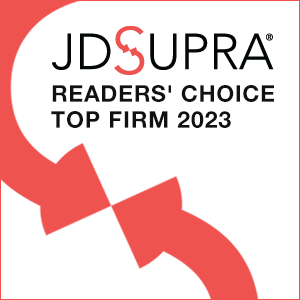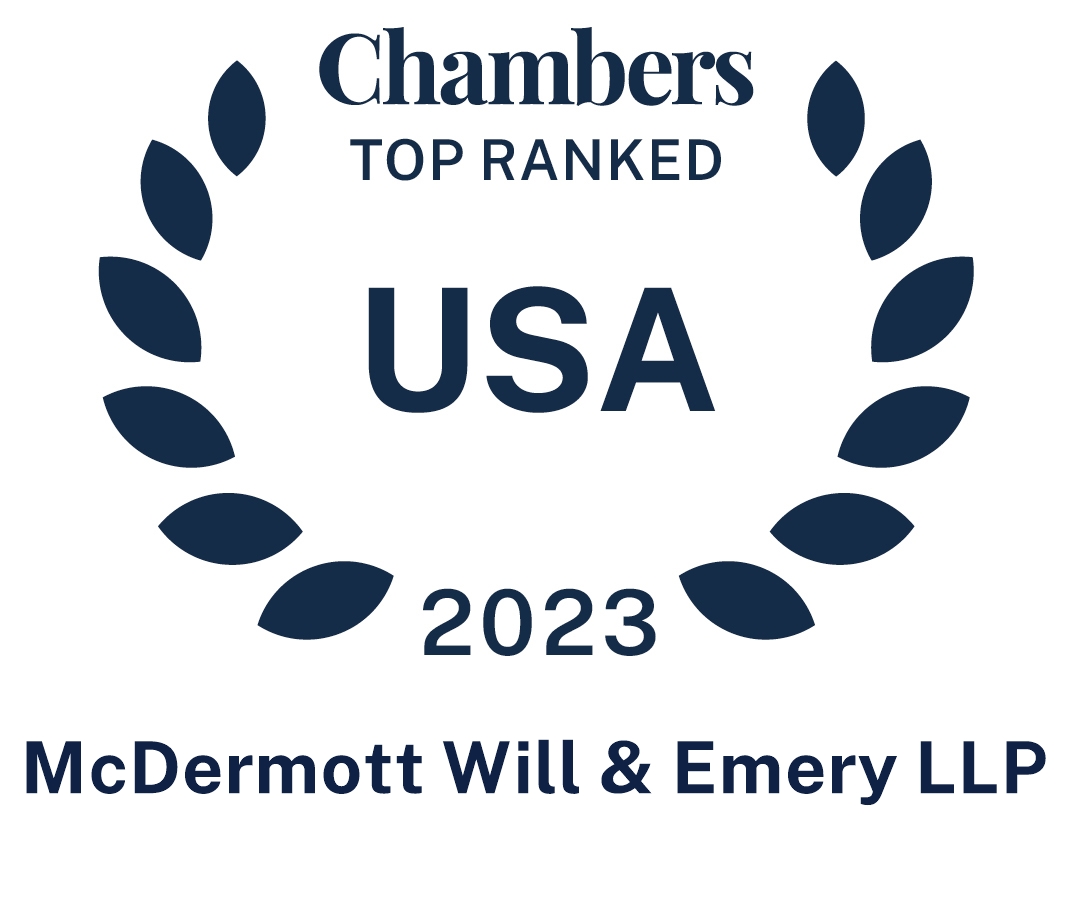Introduction
On March 22, 2016, South Dakota Governor Dennis Daugaard signed into law Senate Bill 106, which requires any person making more than $100,000 of South Dakota sales or more than 200 separate South Dakota sales transactions to collect and remit sales tax. The requirement applies to sales made on or after May 1, 2016.
The law clearly violates the physical-presence requirement under Quill, and that’s precisely what the legislature intended. The law is intended to force a challenge to the physical presence rule as soon as possible.
The South Dakota Department of Revenue (Department) has begun taking steps to enforce the law. We are aware that remote sellers recently received letters from the Department giving the sellers a deadline of April 25, 2016 to either register with the state and commit to collection, or notify the Department that the seller does not meet the law’s gross receipts/sales transactions thresholds. If the seller does neither of these things, South Dakota will assume that the seller does not intend to comply and that South Dakota may initiate legal action against the seller under the new law.
Remote sellers who have received these letters, as well as any other remote sellers who have exposure under the new law, are probably looking for answers to one question: Should we register and begin collecting? There are two important issues to discuss in determining whether to comply: (1) retroactivity and (2) refunds. (more…)
read more



 Subscribe
Subscribe



